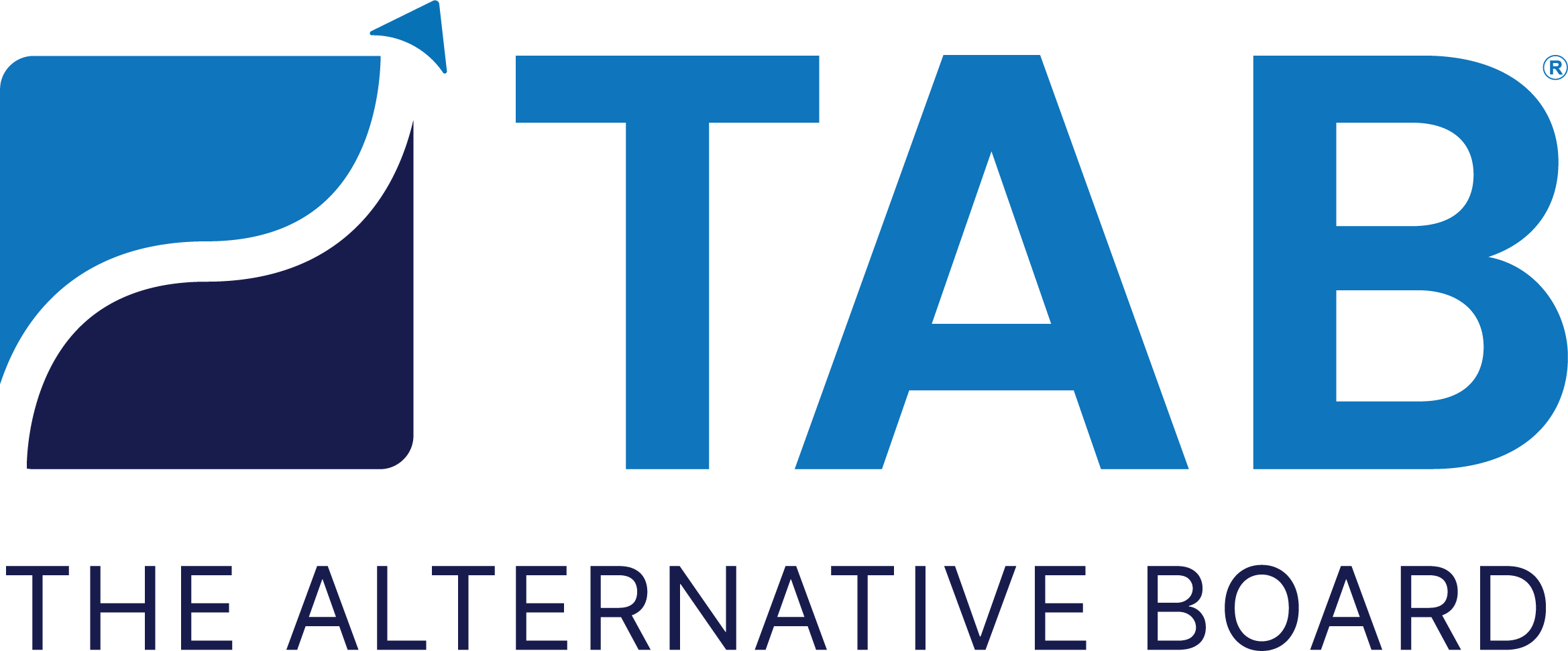Creative Engagement Strategies Can Lead to Stronger Retention
Why do some employees stay with your company and others leave? There are several possible reasons, including financial considerations and the physical location of your workplace. But above all else, employee retention is most successful when employees feel engaged with an organization.
As we’ve noted before, employee engagement has a direct impact on the overall success of your business: “When employees are happy, engaged and thriving, they are more productive, less likely to call in sick and much less apt to quit their jobs.” And isn’t that what every business strives to achieve?
Here are creative engagement strategies to pursue with your workforce:
Start with new hire onboarding.
Engagement is most effective when businesses start the process with new hires before and during their first days on the job. Of course, all necessary resources should be provided to the new employee, but perhaps just as importantly, have a person on your HR team initiate phone or email contact and reach out to the new hire to answer any questions or offer added information.
This simple strategy will make the new employee “feel like part of the team” as they enter the workplace.
Partner a new employee with a veteran co-worker.
Look for an experienced, outgoing employee to partner with the new hire, or even with someone relatively new to your company. These “veterans” can help guide the way through your culture, offer tips on working with a difficult client, and/or assist with job-related technology.
This strategy not only fosters engagement but encourages team members “to seek and use one another’s strengths for goodwill and the organization’s advantage.”
Ask your team what “engagement” means to them.
Have you conducted any employee surveys lately? If not, now’s a good time to gauge their current level of engagement.
Structure your survey questions in ways that encourage participation. Guarantee anonymity and leave out required demographic fields for names or positions. Choose no more than ten “yes/no” or multiple-choice questions, and one or two open-ended questions for providing answers at greater length, such as:
How are you feeling about working here?
Do you look forward to coming to work?
Would you recommend our company to your friends?
How would you rate the quality of the benefits we provide?
Is your work meaningful?
Participation will increase if your managers promote the survey and encourage employees to take part.
Take a “virtual coffee break” with your remote team.
Business Management Daily recommends taking virtual coffee breaks with remote employees at least once a day. Engage in brief small talk with these off-site employees and ask general questions about what’s happening in their lives—before you all settle down to the projects of the day. “By socializing, your team will enjoy a stronger bond, which can boost their engagement levels.”
Promote employee learning and development.
Employees who see a potential upward career path within your company are more likely to feel engaged than those who see their job as a dead end. Actively promote in-house and off-site classes and webinars that enable team members to sharpen their skills and boost their confidence in the work they do. If your budget permits, pay for employees to gain new, relevant skills they can bring to the workplace. This can result in a rise in both productivity and morale.
Employee engagement is, or should be, among your HR department’s top priorities. When employees feel engaged, they are more likely to stick around and contribute to the organization for years to come.

